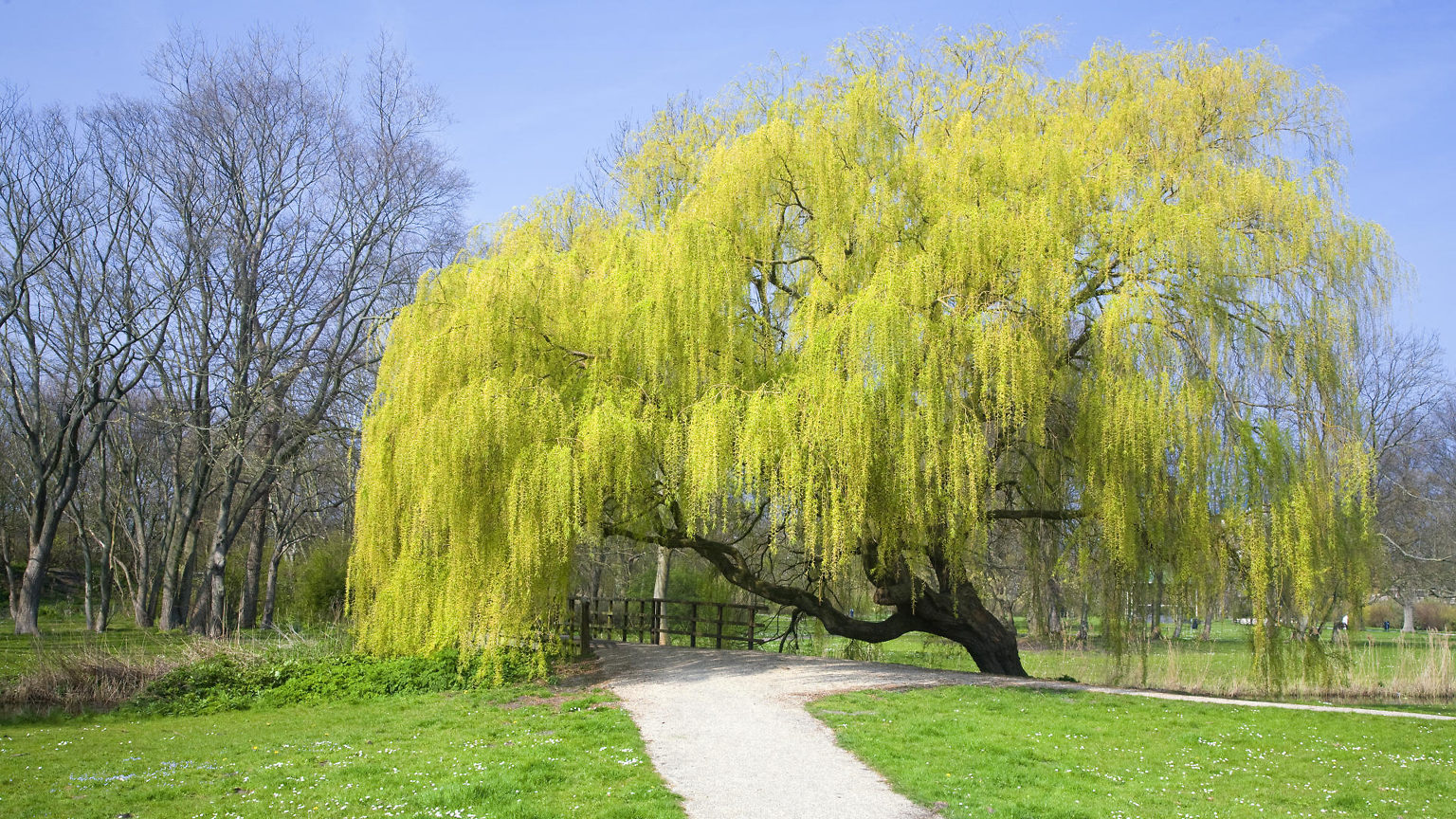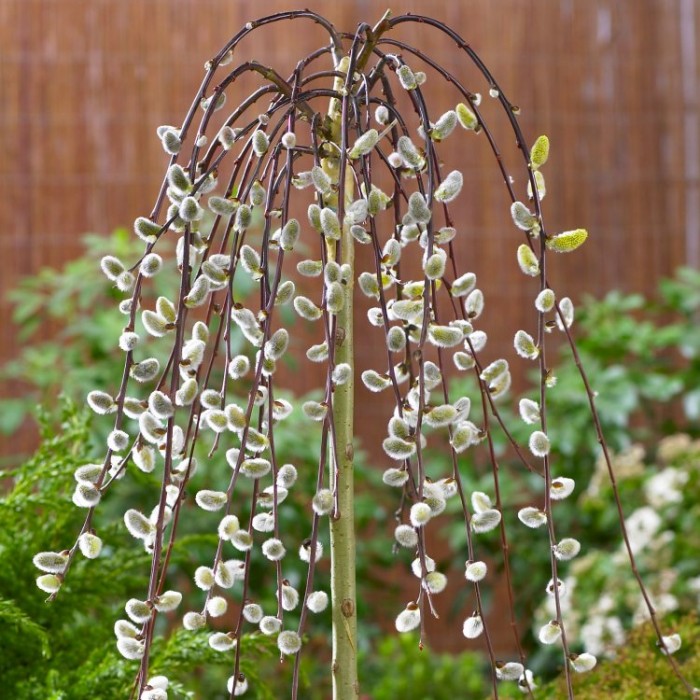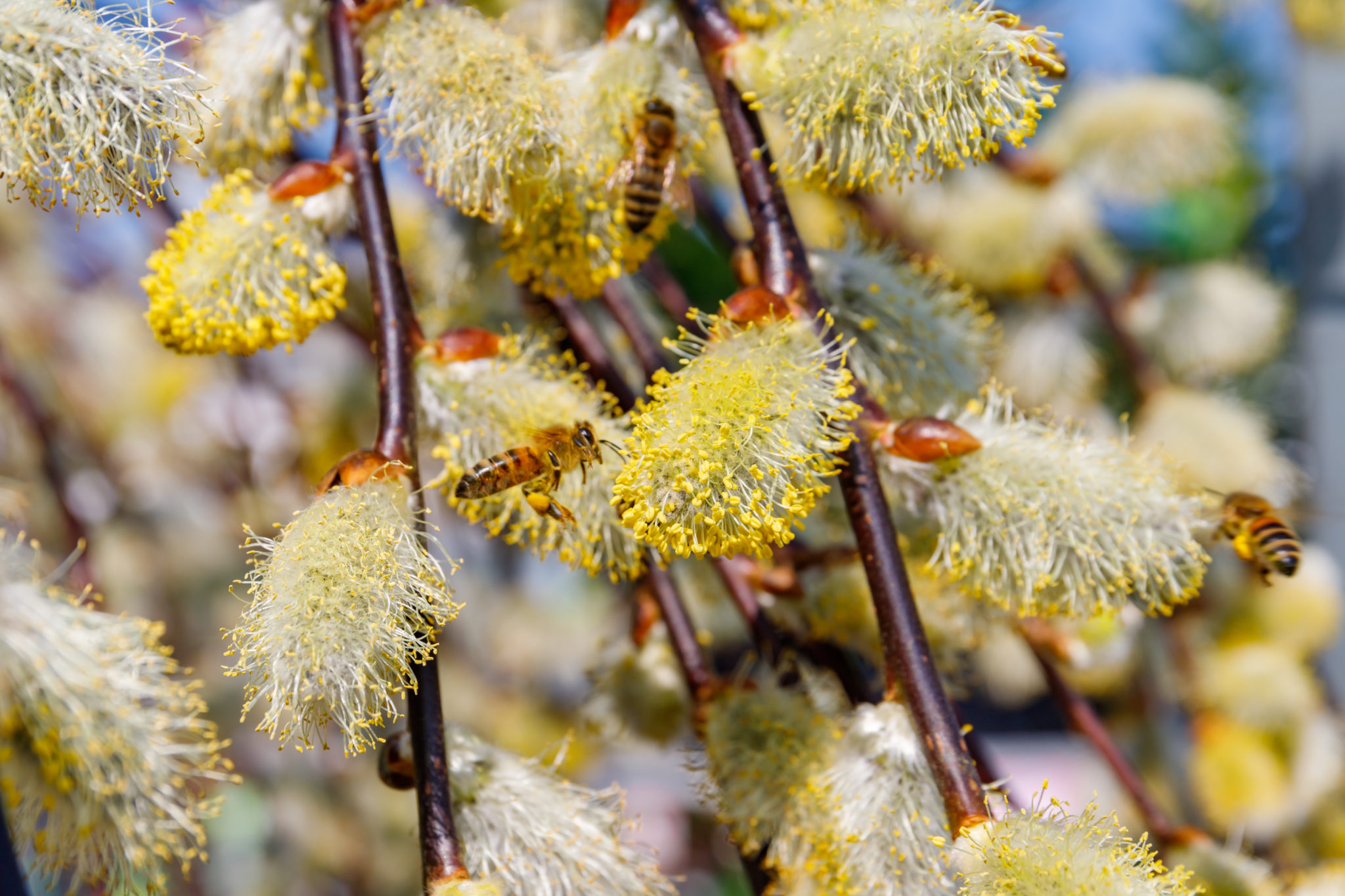Unlocking the Secrets of Compact Willow Care
The miniature weeping willow tree has become a popular ornamental plant in modern gardens, cherished for its delicate, drooping branches and compact growth habit. This dwarf tree variety offers a unique aesthetic appeal, making it an ideal choice for small gardens, patios, or even indoor containers. However, to maintain its compact size and beauty, proper miniature weeping willow tree care is essential. By understanding the specific needs of these trees, gardeners can create a thriving and attractive addition to their outdoor or indoor space. In fact, with the right care, miniature weeping willow trees can thrive for years, providing a beautiful focal point in any setting. By investing time and effort into miniature weeping willow tree care, gardeners can enjoy the many benefits these trees have to offer.
Soil Selection and Preparation: A Crucial Step in Mini Willow Care
When it comes to miniature weeping willow tree care, soil selection and preparation are crucial steps that should not be overlooked. Miniature weeping willow trees thrive in well-draining soil with a slightly acidic to neutral pH level, ranging from 6.0 to 7.0. The ideal soil composition should include a mix of organic matter, such as peat moss or compost, and perlite or vermiculite to improve drainage. Before planting, it’s essential to prepare the soil by loosening it to a depth of 12 to 18 inches and incorporating organic matter to improve its structure and fertility. Ongoing soil maintenance involves regular mulching and fertilization to maintain optimal soil health. By providing the right soil conditions, gardeners can create a strong foundation for their miniature weeping willow tree, promoting healthy growth and development. In fact, proper soil preparation is a critical component of miniature weeping willow tree care, as it directly impacts the tree’s ability to absorb essential nutrients and water.
How to Water Your Dwarf Weeping Willow: Avoiding Overhydration and Underwatering
Proper watering is a critical aspect of miniature weeping willow tree care, as it directly impacts the tree’s health and growth. Miniature weeping willow trees require consistent moisture, especially during the first year after planting. The ideal watering schedule involves providing about 1 inch of water per week, either through rainfall or irrigation. It’s essential to avoid overhydration, which can lead to root rot and other problems. On the other hand, underwatering can cause stress, making the tree more susceptible to disease and pests. To determine the right amount of water, check the soil moisture by inserting a finger into the soil up to the knuckle. If the soil feels dry, it’s time to water. Watering in the morning allows the tree to absorb the water throughout the day, reducing the risk of fungal diseases that thrive in moist conditions. By adopting a thoughtful watering approach, gardeners can ensure their miniature weeping willow tree receives the right amount of moisture, promoting healthy growth and development. In fact, proper watering is a crucial component of miniature weeping willow tree care, as it directly impacts the tree’s ability to thrive.
Pruning and Training: Shaping Your Mini Willow for Optimal Growth
Pruning and training are essential components of miniature weeping willow tree care, as they help maintain the tree’s compact size and promote healthy growth. Pruning involves removing dead, diseased, or damaged branches to prevent the spread of disease and encourage air circulation. It’s best to prune miniature weeping willow trees during the dormant season, as this minimizes the risk of disease and promotes healthy growth. When pruning, make clean cuts just above a growth node, and remove any branches that are growing towards the center of the tree or crossing other branches. Training involves shaping the tree to maintain its desired shape and size. This can be achieved by gently bending branches to create a weeping effect or using stakes to support the tree’s structure. Regular pruning and training help promote a strong root system, increase air circulation, and encourage healthy growth. By incorporating these techniques into their miniature weeping willow tree care routine, gardeners can enjoy a beautiful, thriving tree that adds aesthetic appeal to any landscape. In fact, proper pruning and training are critical components of miniature weeping willow tree care, as they directly impact the tree’s ability to thrive and maintain its compact size.
Fertilization and Pest Control: Protecting Your Mini Willow from Harm
Fertilization plays a vital role in promoting healthy growth and development in miniature weeping willow trees. A balanced fertilizer with a ratio of 10-10-10 (nitrogen-phosphorus-potassium) should be applied during the growing season, typically from spring to fall. It’s essential to follow the manufacturer’s instructions and avoid overfertilization, which can damage the tree’s roots. In addition to fertilization, pest control is a critical aspect of miniature weeping willow tree care. Common pests that can affect these trees include aphids, spider mites, and scale. Regularly inspect the tree for signs of infestation, such as yellowing leaves or sticky residue, and take prompt action to address any issues. Organic pest control methods, such as neem oil or insecticidal soap, are recommended to minimize harm to the environment and the tree. Furthermore, regular pruning and training can help prevent pest infestations by promoting air circulation and reducing moisture buildup. By incorporating fertilization and pest control into their miniature weeping willow tree care routine, gardeners can ensure their tree remains healthy and thriving. In fact, proper fertilization and pest control are essential components of miniature weeping willow tree care, as they directly impact the tree’s ability to grow and develop.
Providing the Right Environment: Temperature, Humidity, and Sunlight Requirements
Miniature weeping willow trees require a specific environment to thrive. Temperature is a critical factor, with ideal temperatures ranging from 65°F to 75°F (18°C to 24°C) during the day and no lower than 55°F (13°C) at night. Avoid placing the tree near heating or cooling vents, fireplaces, or drafty windows to maintain a consistent temperature. Humidity is also essential, with a relative humidity of 40% to 60% ideal for healthy growth. To achieve this, gardeners can place the pot on a tray filled with water and pebbles or use a humidifier nearby. Sunlight is another crucial element, with miniature weeping willow trees requiring at least six hours of direct sunlight per day. However, it’s essential to provide filtered sunlight, especially during the hottest part of the day, to prevent scorching. By providing the right environment, gardeners can create a suitable microclimate for their miniature weeping willow tree, promoting healthy growth and development. In fact, proper environmental conditions are a critical component of miniature weeping willow tree care, as they directly impact the tree’s ability to thrive.
Common Mistakes to Avoid in Miniature Weeping Willow Tree Care
While miniature weeping willow trees are relatively low-maintenance, there are common mistakes that can lead to poor growth, disease, or pest infestations. One of the most critical mistakes to avoid is overwatering, which can cause root rot and other problems. Another mistake is failing to prune the tree regularly, leading to an unkempt appearance and reduced growth. Insufficient fertilization can also hinder the tree’s development, while excessive fertilization can damage the roots. Additionally, neglecting to monitor for pests and diseases can lead to infestations and infections. Furthermore, planting the tree in a location with inadequate sunlight or poor air circulation can stunt its growth. By being aware of these common mistakes, gardeners can take steps to avoid them and ensure their miniature weeping willow tree receives the proper care it needs to thrive. In fact, understanding what not to do is a crucial aspect of miniature weeping willow tree care, as it allows gardeners to provide the optimal conditions for their tree’s growth and development.
Expert Tips for Advanced Mini Willow Care
For experienced gardeners looking to take their miniature weeping willow tree care to the next level, there are several advanced techniques to explore. One such technique is grafting, which involves joining a piece of stem (called a scion) from one miniature weeping willow tree to the root system of another. This can be used to create unique and interesting shapes or to combine different varieties of miniature weeping willow trees. Another advanced technique is propagation, which involves creating new miniature weeping willow trees from cuttings or layering. This can be a cost-effective way to produce multiple trees with the same desirable characteristics. Additionally, experienced gardeners may want to try their hand at creating a miniature weeping willow tree bonsai, which involves carefully pruning and training the tree to create a miniature, ornamental shape. By mastering these advanced techniques, gardeners can take their miniature weeping willow tree care to new heights and create truly stunning and unique specimens. With the right skills and knowledge, miniature weeping willow tree care can become a true art form, allowing gardeners to create breathtaking displays of beauty and elegance. By pushing the boundaries of what is possible with miniature weeping willow tree care, gardeners can unlock new levels of creativity and expression, and create truly one-of-a-kind miniature weeping willow trees that showcase their skill and expertise.


:max_bytes(150000):strip_icc()/weeping-willow-trees-salix-babylonica-3269357-03-c5ad00b3bd024a95a5ff1753cb7dc295.jpg)





/weeping-willow-trees-salix-babylonica-3269357-01-513c19664e414e03b2c43a8cdb65982c.jpg)
